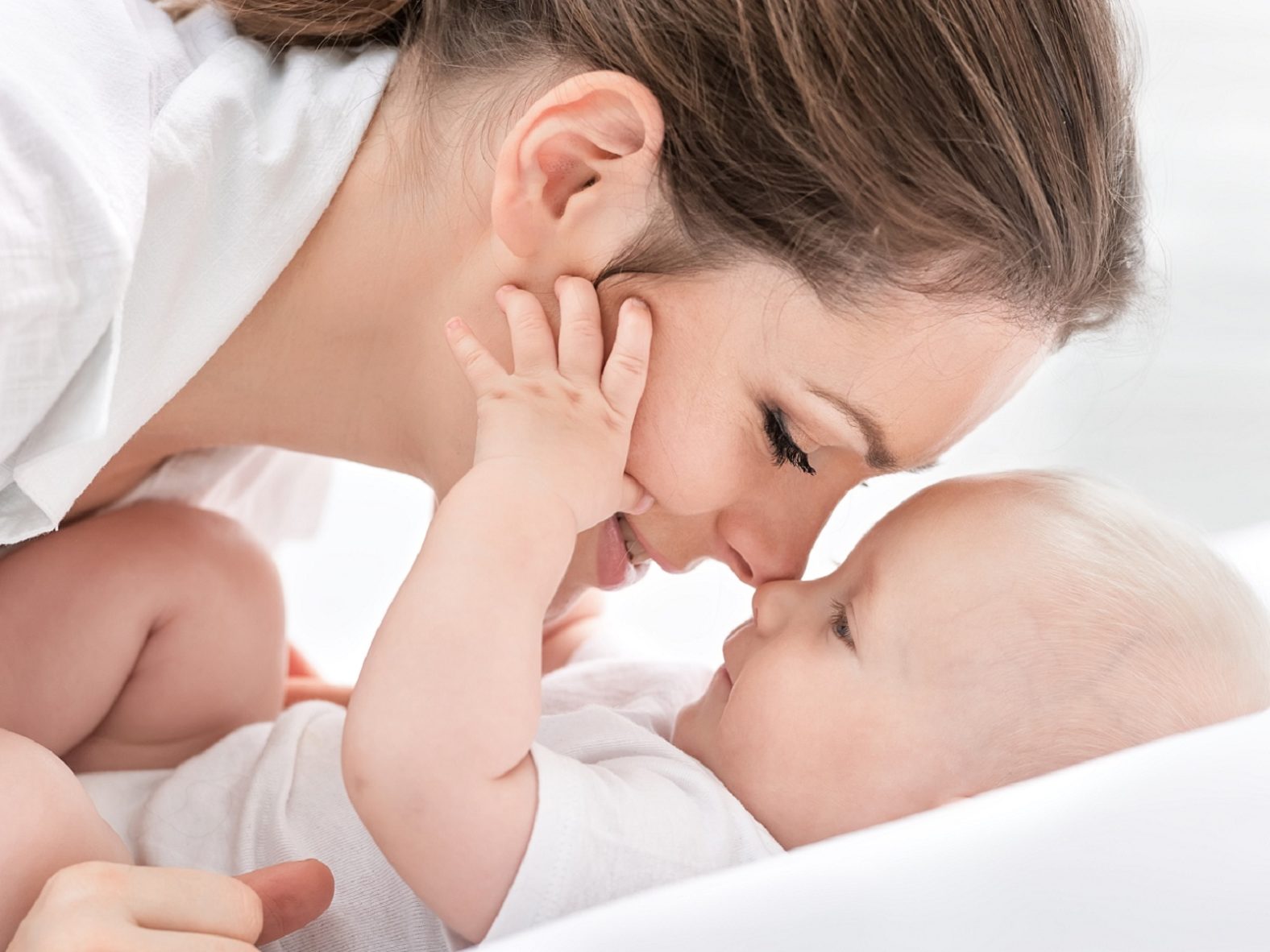Attachment – The engine of subsequent social, emotional, and cognitive development
My previous blog focused on how important Trust is for newborn and infants to build a foundation for lifelong relationships. As an extension comes another important part of social emotional development- ‘ Attachment’.
Attachment is a deep and enduring emotional bond that connects one person to another across time and space (Ainsworth, 1973; Bowlby, 1969). Attachment does not have to be reciprocal. One person may have an attachment to an individual which is not shared. Attachment is characterized by specific behaviors in children, such as seeking proximity to the attachment figure when upset or threatened (Bowlby, 1969).
Newborn babies look up to their primary caregiver (mainly the mother) for the needs of comfort, security and trust.The essence of all these factors culminates in Attachment. Developmental Psychologist, John Bowlby(1969) conducted studies that proved children experienced severe distress if prematurely separated from their mothers. Time and again other studies have also shown that no amount of care from other caregivers can replace the security and comfort needs derived from the mother.Harry Harlow, a famous American psychologist who studied human development and behaviors through the behavior of monkeys, demonstrated this in an interesting study.Infant monkeys were introduced to two wired mother figurines, one was hard wired and other was mounted with soft cloth. It was found that the monkeys clinged to the “soft-cloth” mother figure more as it gave them sense of comfort and warmth (1930).These trials proved the bond between a mother and child is not solely because of feeding but because of the time spent with the child.
According to Bowlby infants have a universal need to seek close proximity with their caregiver when under stress or threatened (Prior & Glaser, 2006)
Coupled with trust, Attachment lays the foundation for social emotional development of the child. However it isn’t an overnight process and unfurls stage-wise
Preattachment phase (0-6 weeks): Very young infants are asocial in that many kinds of stimuli, both social and non-social, produce a favourable reaction, such as a smile. They can identify the mother by the voice, smell and face but are yet to be attached to the mother.
Attachment in the making (6weeks to 7months) : The sense of trust starts to become stronger from this stage onwards as the child increasingly starts recognising the mother and getting attached to her for its overall needs. They tend to interact more socially and look for cues outside to complete their interactions and to grow in terms of their psychosocial development.
Clear cut Attachment phase (6 months-2 years): Babies start to develop separation anxiety during this phase and attachment becomes very evident to the familiar caretaker. If the child’s needs have been tended at the right time from the beginning, this separation anxiety is short lived. It is however during this period, that mothers report their babies becoming clingy. It is very natural for the child at this phase to cling to the mother due to increased attachment towards the mother and culmination of separation anxiety together.
Formation of multiple attachments (18 months-2years): By this stage, there is a rapid growth in the child’s ability to understand their surroundings as they have formed a secure foundation for trust and attachment .The presence of multiple caregivers in the family has a huge impact on their socialising skills and affects attachment and social development positively as well. The child now trusts other members in the family and depends less on the mother as there is a reassurance that the caregiver will also be responsive in times of need.
Over the years, several other researches in this area have proved that secure attachment is the basis for healthy psychological health in adulthood.
Through the theories and studies quoted, I want to emphasise only one thing to all you mommies out there- Carpe Diem or Seize the day! Each day is critical for you and your baby.You are laying a foundation for heavy weighted words like “trust” and “attachment” to be built upon which will eventually lead to a lifetime of healthy psychosocial development,
Babies albeit language-less, are born with innate cues and reflexes to help us understand their needs. All one needs,is the sensitivity, patience and the understanding. In addition to the mother tending to the needs of the baby from the time of birth, gradually this lays a strong base for a secure child. Finally, quality of attachment from the beginning affects attachment of the child in the ecosystems of family, friends, neighbours, school, teachers and different contexts where socialisation of the child takes place.
To understand the the various ecosystems and their influence, stay tuned for the next blog on the Ecological Systems Theory.
With Christmas ringing in , let us celebrate the spirit of this beautiful festival of thanksgiving forbearance, and socialising. In celebration of the same , the next blog shall focus on socialisation and how social emotional milestones evolve.
Merry Christmas!!!
— Pooja Srivastava Dewan —
EECE Expert, ProEves, Dr.(Prof.)Pooja Srivastava Dewan has a background in child psychology and that makes her a fiercely active voice of children. Having done masters and doctoral research in child psychology , the one thing she seems to really learn is children are individuals in their own respects and we as adults need to respect this.

